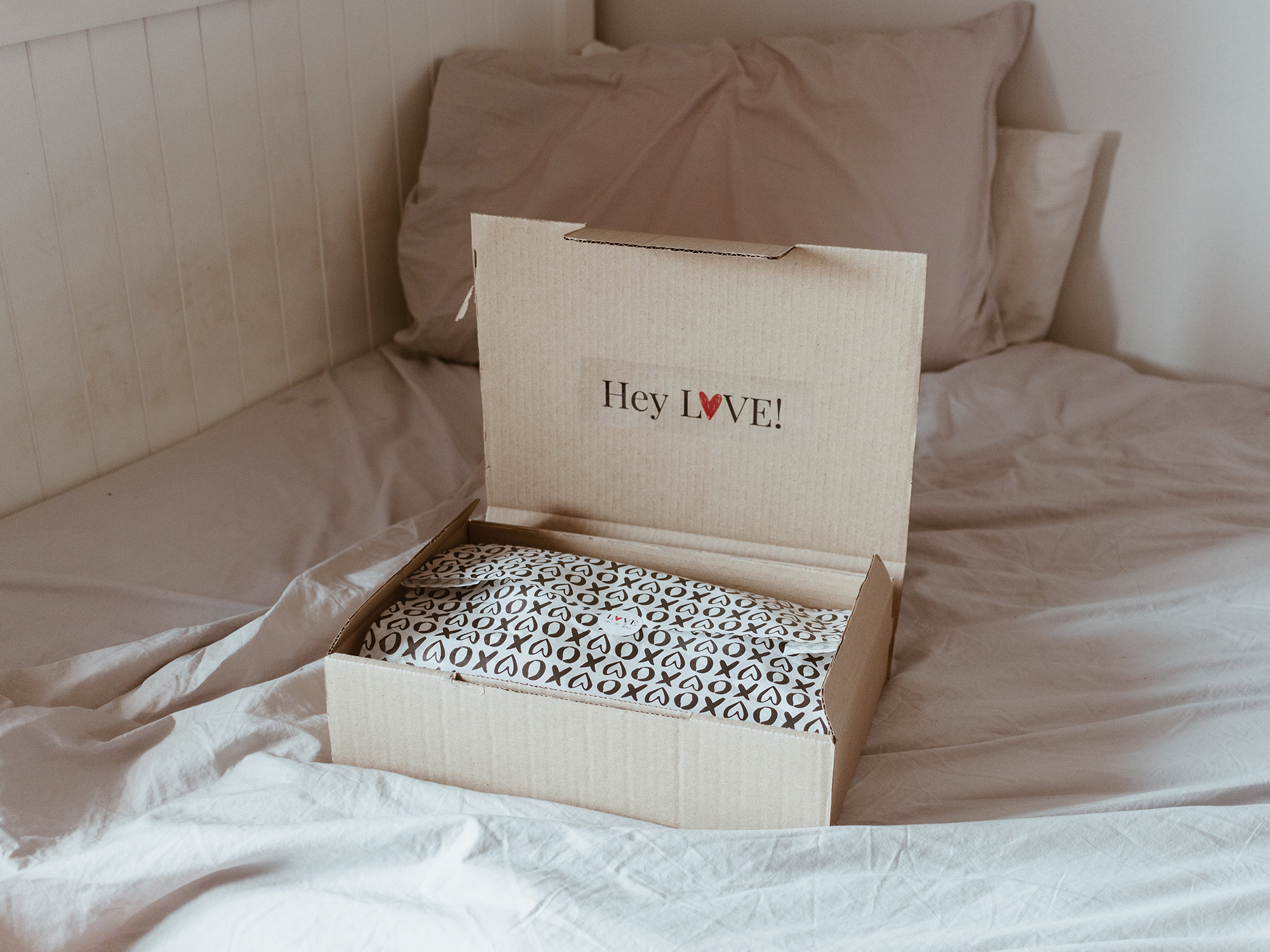
As a handmade business owner, you hear and see a lot of people discussing the reasons a blog will help your handmade business. A blog is an extremely useful tool for explaining what your business is all about. Getting customers on board with your products and draw in web traffic are some other benefits of having a business blog. Additionally, blogs give you the opportunity to expand the reach of your handmade business. It provides a way to create content, so that you don’t always have to be hustling to promote your products.
Online marketing doesn’t have to mean publishing a lot of posts on social media during the day for the algorithm. Or, paying the big platforms to get your products in front of your target audience. One of the most important aspects of your virtual business presence is your website. A great way to make your website bring in more visitors, and then convert them into shoppers, is having a blog.
Reasons a Blog Helps Grow Your Business

1. A blog gives you space to create unlimited content.
Most handmade business owners use platforms like Instagram, Etsy, Facebook, and Pinterest for their business. These social platforms are the perfect way to start increasing brand exposure. However, they aren’t owned by you. Therefore, if they shutdown, or you get removed from them, then all of the hard work you put into your account just disappears.
On the other hand, if you have a blog, this helps provides a safe place for your content. It’s a place for your content to be created, stored, and secured from something out of your control happening on another site. One of the best things about having your own site, is that you can talk and create anything you desire. And you can do so exactly how you want, without any constraints or limitations.
This brings the attention of your desired audience to your business, without putting forth too much effort. Through SEO and discussing specific topics that your audience may be looking for, you’ll gain new and repetitive exposure.
2. A blog helps you to build your brand and promote your products.
When you have a blog for your handmade business, you have a unique chance to build your brand beyond what you share on social media or other sites. This is one of the key reasons a blog will help your handmade business. You can share more about who you are through the blog posts you write. Which then, later helps your audience continue to connect with your content and business.
Having a blog also helps build trust between you and your audience. Therefore, your audience can support you each time they buy from your business. Allow the opportunity for your customers to know you; the person behind the brand.
This also gives you a place to promote your products more in-depth. You are only able to be so detailed on your listings on sites like Instagram or Facebook. This is a chance for you to expand a bit more. Instead of working under the constraints of limited words on social media posts, you can create a whole blog post that details your product. Share the story behind your products. Explain to your audience the supplies you use, the process of how products are made, and anything else you think your reader would enjoy to learn about.
A good tip for applying this is adding a banner at the end of posts with a promotional code for your shop. Do, however, avoid writing posts that are just advertisements. As this won’t be an enjoyable read.
3. A blog provides a place to share free guides or resources, which in turn can drive traffic to your online shop.
Obtaining a blog can also be a part of building a community. As a business owner, you will see a lot of bloggers offering free patterns or tutorials on their blogs. This free content allows you to create a community for your handmade business. While, at the same time, driving traffic to your online shop.
For example, if you have a free guide on how to complete a specific objective, you can create a post that shares that guide. You can create graphics around the post, so readers can buy an inexpensive pdf in your shop. Link the graphic to your Etsy shop or other online store, and you’ll be able to see customers clicking and purchasing the guide. If you offer something that adds value to your business and to your audience, that will immediately drive traffic to your website.
4. A blog gives you the chance to make money through alternative sources, such as Ads or Affiliate Sales.
If there are ways to have different revenue streams, why should not take advantage of that? Having a blog allows you to do this. The first alternative income stream that business owners will see customers sign up for is ad placement on their blog.
Ads
The best beginner ad service to use is Google Adsense. Google Adsense is free to sign up for and there aren’t any required number of views on your blog to sign up for it. You’ll only need to prove to Google that you have a site that gets traffic, and that you have content on it. Google will then have you install a provided code. Which you will then place it in the header of your website.
Once they’ve reviewed and approved your request, you get to have ads. The way this works is by making money each time someone visits your site. It is a super minimal amount per view, however, if you are able to get enough traffic to your blog, then you can get a nice consistent revenue from it.
Affiliate Sales
Another way you can earn money through your blog, is through affiliate sales. Affiliate programs are created by different companies. Companies will provide you with certain links specific to your website. Every time someone clicks on the link, it will install a cookie on the person’s webpage. This lets the company site know that the customer came from you.
If the person buys from that site within a certain time frame, then you get a percentage of that sale. However, you want to be careful that you only recommend products that align with your brand and values. If you’re passionate about a product that you actually use, share why you love it. Your audience will see how useful it is fo you and want to purchase one for themselves.
5. A blog gives you a chance to serve your audience.
This is probably one of the most important reasons a blog will help your handmade business. By serving your audience through your website. You can serve your audience by providing free resources. For instance, posts about business tips, having free guides, making tutorials to show how to do something, and so much more! If you know that you have specific skills and knowledge, use your blog to share it with your audience. Helping others in the handmade community brings so much reward. It allows people to feel inspired by you and what you create.
A blog creates a way to build a relationship between you and your readers. As they come to trust you for information, or help on things they might be wondering about. This connection you build also helps your reader want to buy from you. They want to support you because of the way you have now supported them.
6. A blog post can be used to encourage people to sign up for your newsletter or follow you on social media.
Think about where you could place a link to sign up to your newsletter or Facebook page. You’ll want to make sure not to only post in sidebars. You can add call to action popups to look at products, or sign up/follow within the text. You now have a way of communicating with them more regularly and sharing your business with them. You could offer a discount code in your next post for new subscribers. This will encourage them to sign up for your newsletter.
You could also use your blog posts as great newsletter content. weekly or monthly newsletters can be really interesting for your customers. Fill it with links to your latest blog posts. Archive posts they might enjoy, as well as news of your latest products. This can help ensure that existing subscribers and potential customers continue coming back to your blog… even if they are not ready to buy yet. This can also boost sharing of your posts from already loyal subscribers.
How to Start Blogging as a Business

If you like to write and already have a website for your handmade business, then you’re ready to mix blogging into your marketing strategies.
The first thing you should think about is the blog topics. It’s super normal to feel like you have no ideas when the time comes to writing articles. Instead of trying to find a new idea each time, it can be helpful to brainstorm a variety of ideas all at once. This way you have them ready when you need them.
One trick to avoid running out of blog ideas is to keep your topics fairly narrow. Don’t write one post about your entire process. Write a few posts about different aspects of your process. (Or, write a topic that’s more general and some that go into detail.) Instead of writing about all the materials you use, focus on one item each time.
Here are a few topics you might choose to blog about:
Process: How your products are made from start to finish, or highlighting one particular aspect of production. Such as, creating a crochet pattern, or finishing a weaving.
Materials: What supplies do you choose for your products, and why? You can write an entire blog article about your feedback from one specific material.
Use: How can customers use your products? For example, your care tips for making your products last longer or maintain a good quality over time. Or how they can style them, ideas of how they can use it, etc.
Gift guides: These can be useful around specific holidays or occasions.
Helpful tips: You can share the correct way to use your product; the do’s and dont’s.
How-to’s: If you sell kits or other DIY materials, write how-to posts. This both helps your customers and attracts future shoppers.
Understanding Who Your Audience Is

Research who your target market is and what they may be interested in reading about. Use this information to write answers to questions they may have and share information they will naturally be attracted to. Helping you better understand your audience is one of the key reasons a blog will help your handmade business and it’s success.
Consider distribution. What’s your plan for sharing posts on social media and via email? How will you use your blog to encourage people to sign up for your newsletter list?
Lastly, make a photography plan. You probably have a lot of product photography, but do you have process for taking the photos? How can you make sure you have enough images to illustrate your posts well? You also need to make images and videos a priority to increase sharing and pinning of your posts. The better the images are, the more likely your posts will be shared. If you use other people’s images, be sure to credit them.
Blog Length and Posting Frequency

This is a hard question to answer, because it depends on your business, your time and your capacity. The best way to start is to make a schedule and commit to it. Once a month is a nice frequency to start with. Or, perhaps, even twice a month if you’re feeling inspired.
When it comes to how long the articles should it be, try to come up with a specific word count. Every topic is different. You want to try to hit between 500 and 1,000 words. However, if you feel like your being too wordy, always put quality over length. The goal is for your reader to get to the end and feel like they’ve learned something. You want them to entertained and inspired. Once you have more experience we recommend creating blogs reaching 2,000 words.
The Importance of SEO for Your Business Blog

One last BIG thing to take into consideration before starting your blog… Blog SEO, or search engine optimization.
Blog SEO is the process of using technical and on-page techniques to increase your blog’s visibility in organic search. When using blog SEO, the goal is to optimize your site so that search engines see that your content is really relevant. This brings you traffic for free. Identify the keywords and key phrases you want to be connected with. Try to place these keywords naturally within the text. It’s always worth reading over a post before publishing to see if there are any missed opportunities to use one of your keywords or phrases. Check titles, headings, content, and tags/categories/labels.
When you’re working on a blog, you’re using SEO to support an ongoing long-form content strategy. That means developing in-depth, informative, and relevant content that aligns with your audience’s needs and search intent. Remember that SEO is a long game. It can take time to see the results.
A blog is a resource that helps make connections. It lets your audience know you and your business. Furthermore, it helps your buyers know the marketplaces where you serve, you may move from one e-commerce store to another. It’s having blog that will let your audience follow your journey. These are the reasons a blog will help your handmade business.
Get started streamlining your small business operations today. Join Inventora for free with our hobby plan, or join our newsletter below to receive educational hot takes around small business planning and operational pointers.


